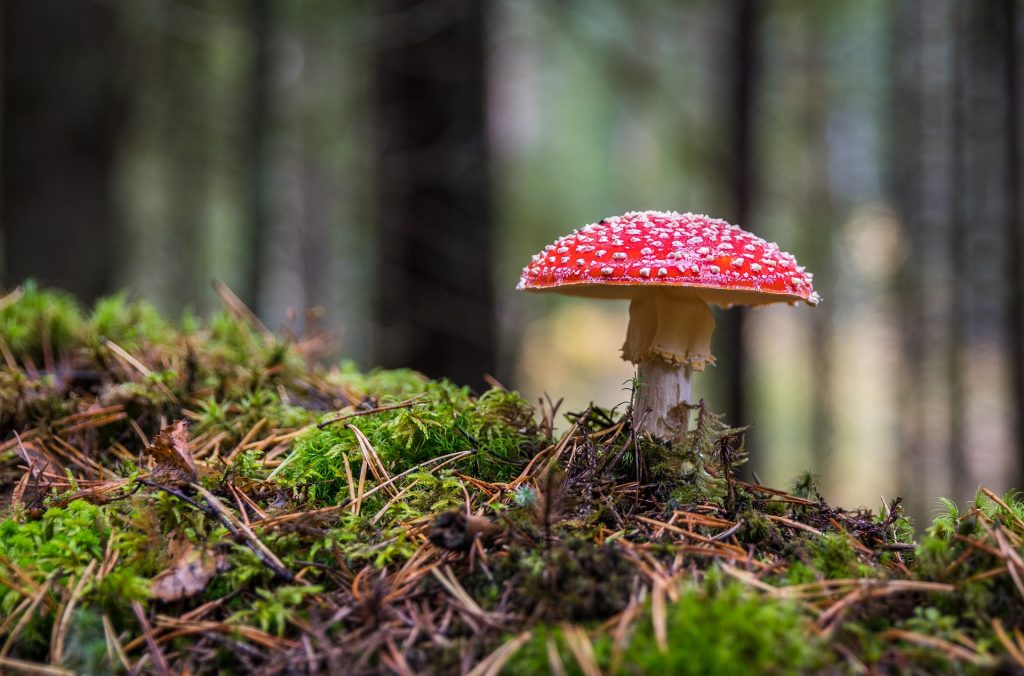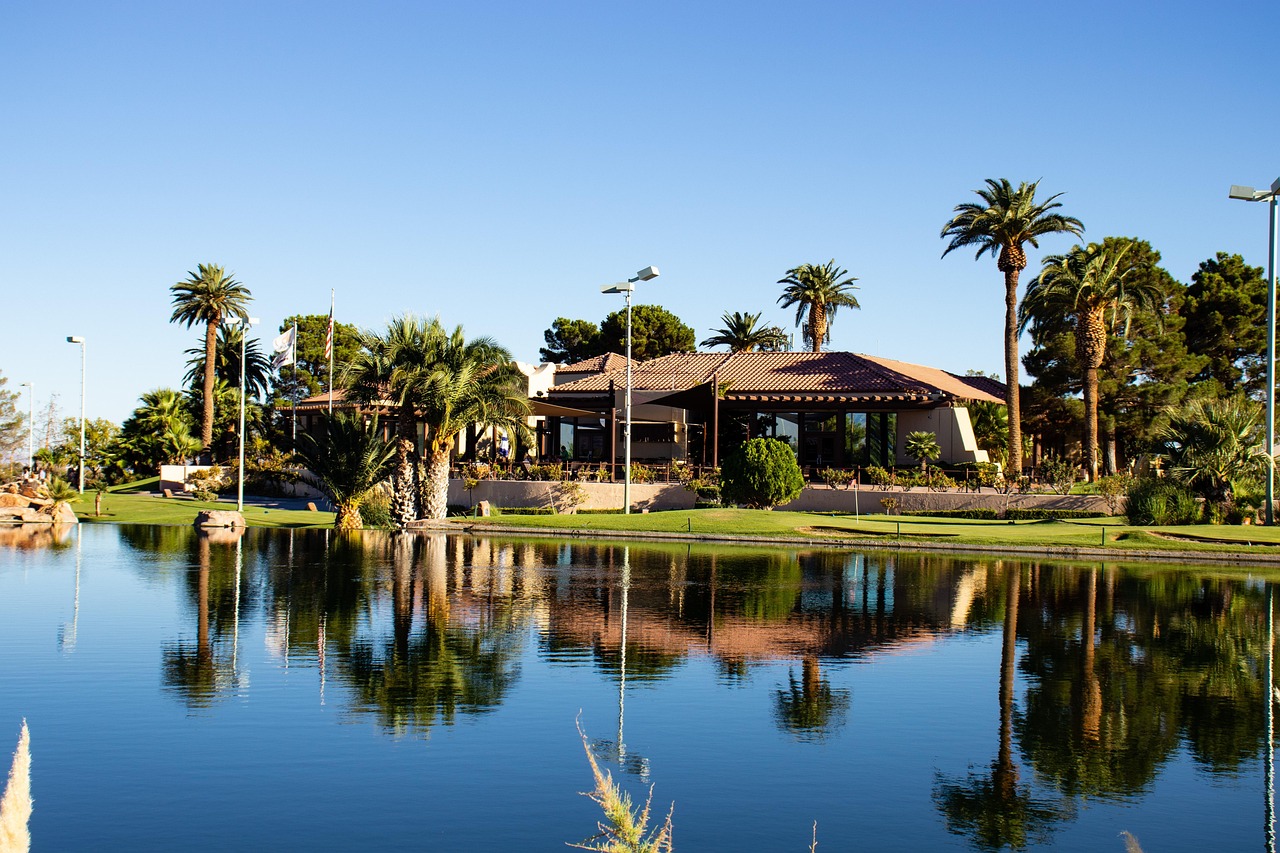Both eerie and fascinating, the amanita muscaria mushroom has a long history of myth and symbolism. Also known as the fly agaric, it is a striking red and white mushroom that is widely distributed in the northern hemisphere.
While the amanita muscaria mushroom is not edible, it has been used for a long time by different cultures. Some people use it for spiritual purposes, while others have used it as a hallucinogen. It seems to have inspired countless myths about fairies, gnomes, witches, and magic.
One of the myths associated with the amanita muscaria mushroom is its connection to Santa Claus. Some believe that the original Santa Claus came from Siberia and was a shamanic figure that distributed poisonous fly agaric mushrooms as gifts during the winter solstice. The red and white appearance of the mushroom might have inspired the colors of Santa’s costume. But it’s important to understand that this is just a myth, and there is no evidence to support it.
The amanita muscaria mushroom contains psychoactive substances that can cause delirium and hallucinations. These substances are not fully understood, and they can be dangerous if ingested in large quantities. Therefore, it is not recommended to consume the mushroom for recreational purposes.
There are many other uses of the amanita muscaria mushroom, either as medicine or poison depending on the dosage. Some cultures used it as a painkiller or anesthetic, while others used it as an insecticide. It has also been used as a traditional remedy for various ailments, such as fever, cough, and indigestion. However, these uses are not scientifically proven, and there are safer alternatives to treat these conditions.
Despite the many myths and uses associated with the amanita muscaria mushroom, there is still much we don’t know about it. For instance, its ecological role and its interactions with other organisms are still not fully understood. It is also not clear why it has such a striking appearance, or what evolutionary advantage it confers.
The amanita muscaria mushroom is just one of the many organisms that remind us of the mysteries of nature. Its strange and fascinating features have captured the imagination of many people throughout history. However, we must approach it with caution and respect its potential dangers. It is not a toy, a cure-all, or a magic potion. It is a complex organism that deserves our attention and curiosity.
The amanita muscaria mushroom is a fascinating but potentially dangerous organism. It has inspired countless myths and uses, but its psychoactive substances can cause harm if consumed inappropriately. We should approach it with caution and respect its ecological and biochemistry complexity. The many mysteries of the amanita muscaria mushroom remind us of the wonders and dangers of nature, and the importance of scientific inquiry and critical thinking.






